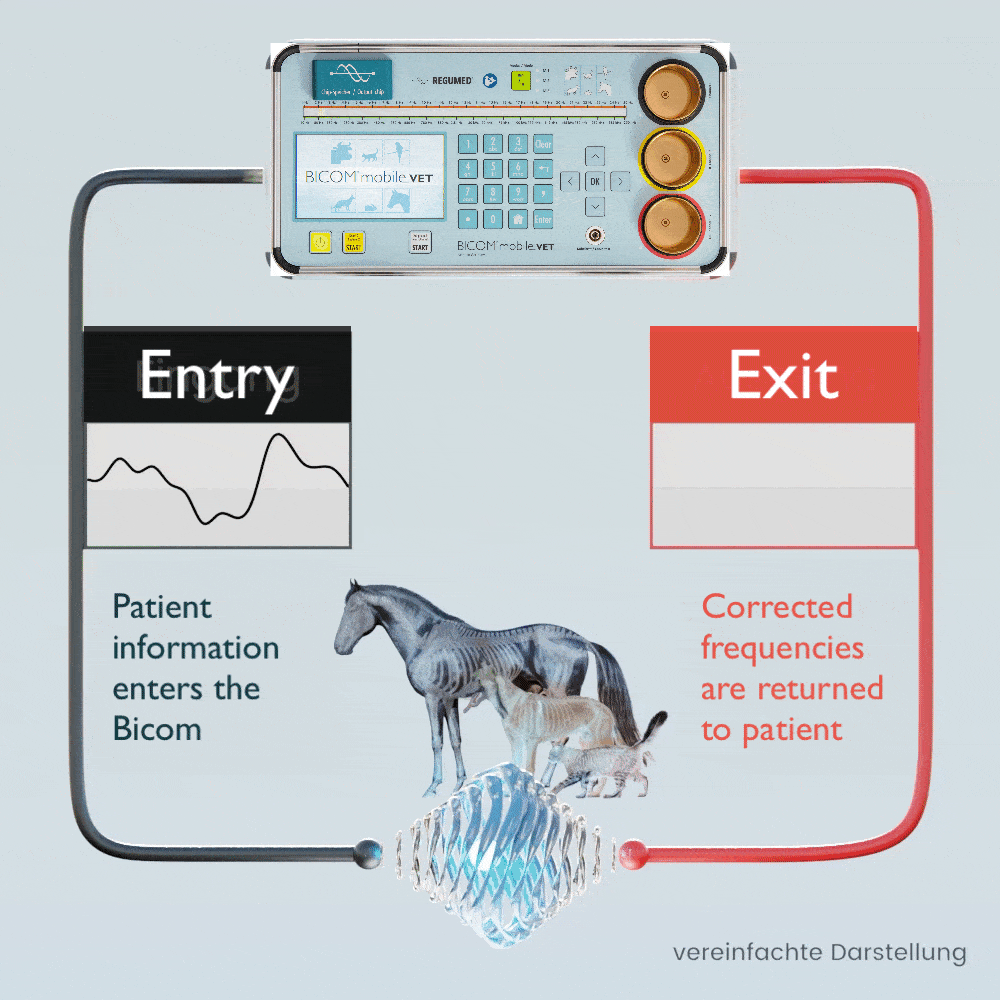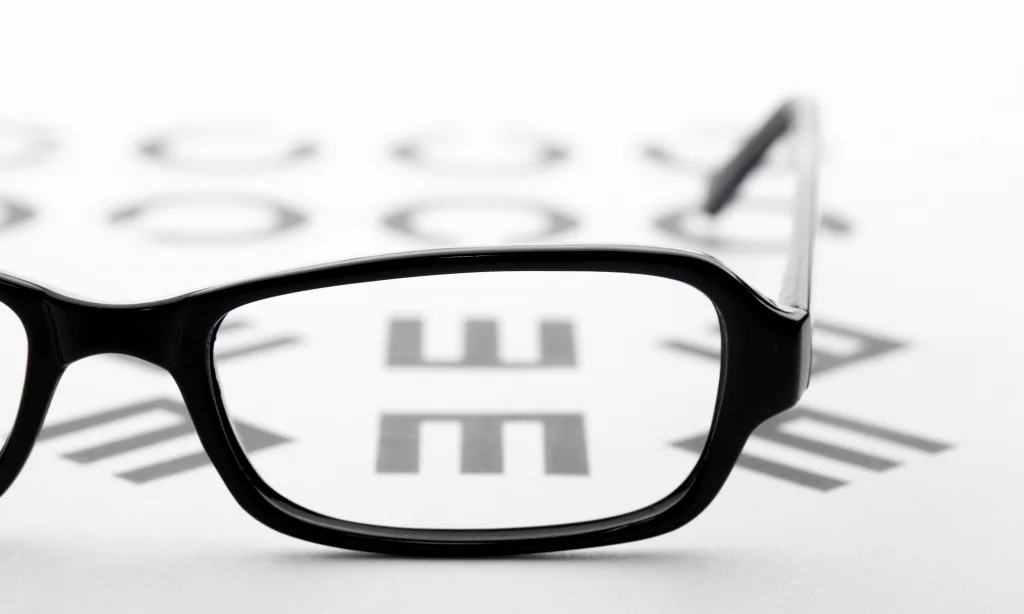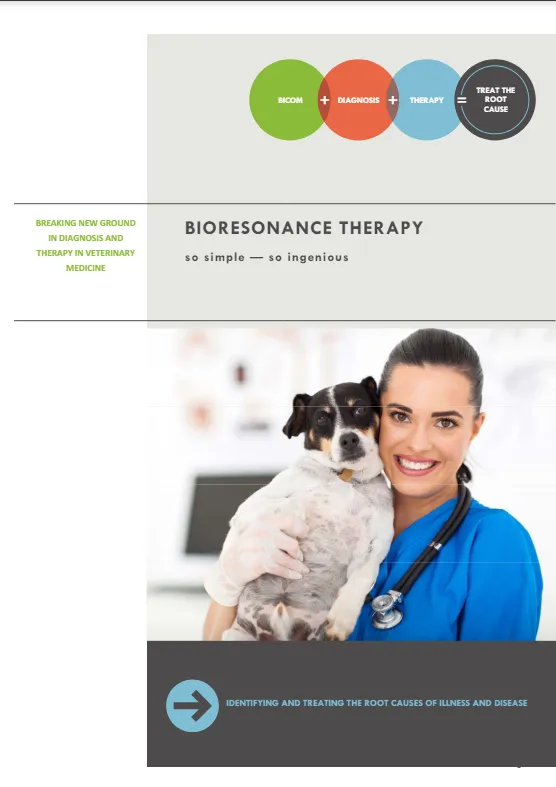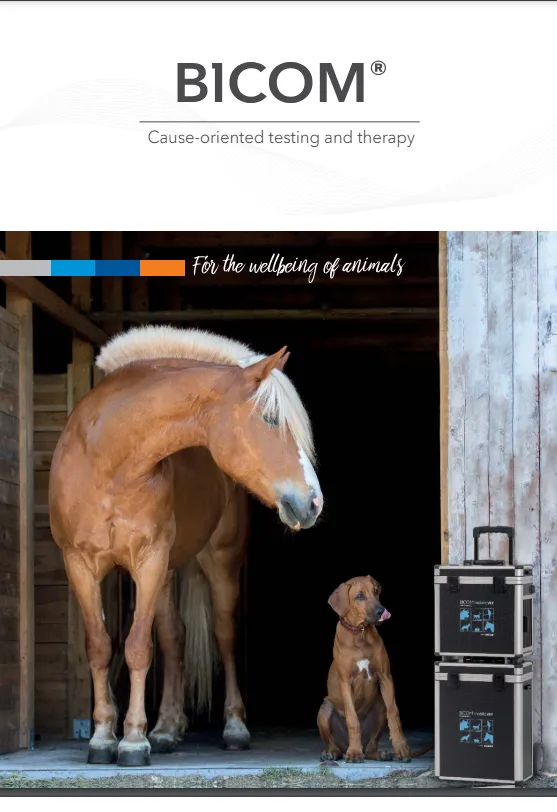Treatment with the help of the patient’s own information
in the BICOM® mobile VET bioresonance device
In contrast to other “frequency therapy devices”, BICOM® bioresonance is a method that is highly individual and perfectly tailored to the needs of the patient through the use of the patient’s own information and the possibility of testing specific wave patterns for resonance.
The patient’s own pathological and physiological information is recorded using special applicators and fed into the BICOM® mobile VET.
Depending on the therapy program, the specific wave pattern as a carrier of information is amplified, weakened or inverted and transmitted back to the patient in modulated form, which means that the transmission of information changes in clarity depending on the modulation or it disappears completely.
The treatment signals continuously adapt to the changing pathological situation of the patient. As the therapy progresses, the body’s ability to regulate is reactivated.
Find out more about this topic at our regular events. Together with veterinarians and animal naturopaths, we offer various face-to-face and online events .
The BICOM® bioresonance method is a cause-oriented, holistic treatment concept. It can narrow down the cause of the health problem in animals and find out even the hidden causes of the clinical picture.
Animals have a natural regulatory system that can also compensate for unusual influences. However, even good self-healing powers eventually reach their limits. Persistent exposure to allergens, environmental toxins, fungi, viruses, bacteria or stress and changed living conditions weaken the immune system and are often the cause of an illness. In particular, fungal infestation on the skin or chronic diseases in general are not always due to a breeding-related genetic defect, but are signs of a disturbed immune system.
The BICOM® bioresonance method is the key to successful diagnosis and therapy, especially for animals that cannot tell us exactly where it hurts or what the symptoms are. It is a gentle form of therapy that can be carried out without side effects and without additional stress for the animal.
The BICOM® mobile VET records the bioenergetic state of the animal, processes the information it contains and returns modified vibrations / therapy frequency patterns to the animal. Symptoms and stress can be diagnosed and targeted therapy can be initiated.
Through the use of endogenous and exogenous substances, the body’s own self-healing powers can be activated and imbalances that have existed for a long time can also be regulated.
REGUMED Medizintechnik are pioneers of the BICOM® bioresonance method. More than 30,000 therapists worldwide, well over 10,000 of them in Germany, successfully use their therapy concept.

Biophysical basics of the bioresonance method
Life is only possible when three conditions are met: matter, energy and information.
We also find these aspects in conventional medicine, both in diagnostics and in therapy. For example, every drug is also a carrier of information.
Information is neither energy nor matter, it is immaterial and comparable to the meaning of a message from a sending to a receiving system.
In addition to the electrical processes in the receptor proteins and biomembranes in general, electromagnetic interactions through light (biophotons) also play a role in cell communication and the transmission of information.
Specific electromagnetic wave patterns act as information carriers. These wave patterns can be modulated by the BICOM® device in order to eliminate disturbing or stressful information in an organism.
The goal is to restore the free flow of healing information (cell communication) and thus support the self-regulation of the organism and the self-healing powers.
Individual, patient-specific information or information from native substances, digitized substances or information stored on storage media can be used for therapy.
What your colleagues are saying…

Bioresonance therapy and ophthalmology
The eyes are considered to be one of the most vital parts of the body. It allows us to see what is happening in our surroundings and appreciate what we have. For these reasons and many other, the eyes and their health are a priority for many people. When vision starts to become impaired and diseases start to affect the eyes, not only can the body be affected physically, but mental symptoms may also start to develop. In some cases, a condition that affects vision may be temporary, but, in other cases, it may be a long-term condition that causes harm to the eyes and eventually may even lead to complete vision loss.
Conditions And Diseases That Affect The Eyes
There are a lot of different conditions that can affect the eyes. Some conditions causes symptoms to develop over a short period of time and can clear up when treated, such as when an allergy affects the eyes. When an eye disease develop, however, the condition may be more complicated and, in some cases, may not be curable, but only manageable to a certain degree.
Some common diseases that affects the eyes include:
Age-Related Macular Degeneration: This is an eye disease that is quite common and affects over 10 million individuals within the United States. Age-Related Macular Degeneration can be divided into two types, including dry macular degeneration, which is the most common type of this eye disease, and wet macular degeneration.
Cataracts: Cataracts causes the lens of the eye to lose its ability to focus correctly on objects that are in front of a patient, and is often related to age. Vision may be blurred and the patient may also find that they become sensitive to light when they have developed cataracts.
Glaucoma: Glaucoma is an eye disease that is caused by fluids thatbuilds up in the eye; thus leading to excessive pressure being placed on the eye. This, in turn, causes optic nerve damage. Since the optic nerve is essential for vision, Glaucoma can lead to a significant loss in vision, as well as blindness.
Some other diseases that may also affect the eyes include keratoconus, diabetic macular edema, strabismus, amblyopia, ocular hypertension, uveitis, retinal detachment and CMV retinitis.
Causes Of Eye-Related Problems And Diseases
Age is most commonly associated with many different types of eye diseases, such as age-related macular degeneration and cataracts, but there are other factors that can also contribute to the development of eye diseases. Some conditions, such as allergies that affect the eyes, can also be caused by some environmental factors like pollen.
Since there are a large number of different diseases that affect the eye, it is not possible to discuss particular causes without specifying each of the particular diseases since each has different causes and different risk factors that affects the development of the disease. For example, as we have already discussed, Glaucoma develops when there is a fluid build up in the eye, which then causes damage to the optic nerve by placing too much pressure on the eye.
Some physical diseases that are not directly related to the eyes can also contribute to eye diseases. For example, diabetic macular edema is found in patients who have developed diabetes, a diseases that interferes with the body’s ability to produce insulin and effectively process glucose.
How Eye-Related Conditions And Diseases Are Treated
When a person simply suffers from mild vision problems, they can visit an optometrist and obtain a pair of prescription glasses or opt for contact lenses. Prescription glasses and contact lenses have helped millions of people see better, but this isn’t always the best treatment option when a particular disease is affecting the eyes. Many diseases of the eye cannot be fully cured, but the damage that is caused by certain diseases can be controlled with adequate treatment.
Some eye disease can be treated with medication. For example, NHS Choices report that wet age-related macular degeneration can be treated with anti-VEGF medication, while will help to prevent the formation of new blood vessels within the patient’s eye. Laser treatment is also often administered to patients with eye diseases. In some severe cases surgery might also be recommended to help treat the disease or condition that affects the patient’s eye.
Bioresonance Therapy And The Eyes
Bioresonance therapy has quite a lot of potential when used to treat certain conditions and diseases that may affect the eyes, yet this particular option is most often overlooked by professionals in the eye care industry. This treatment provides a way to assist with reducing symptoms that are associated with certain eye diseases, as well as help reduce the damage that some of these diseases causes. In many cases, the use of bioresonance therapy can be combined with other treatment options to enhance the effectiveness and further help to delay the progression of the particular disease.
Conclusion
Vision is important for experiencing a higher quality of life; thus vision problems can be troublesome and very unpleasant. Unfortunately, many eye diseases cannot be cured, but their progress can often be slowed; thus delaying the effects that the particular disease has on the eyes. Bioresonance therapy, even though often overlooked, poses as a potential treatment option to assist with reducing symptoms and damage done to the eyes by a variety of eye-related diseases.
Treatment Priorities
For gentle and optimal treatment of the causes of diseases in animals
The BICOM® bioresonance method is predestined for use with large and farm animals such as horses , but also with dogs , cats and small animals. The treatment focus of the BICOM® mobile VET is wide-ranging. It is now used for many indications.
It recognises health deficits at an early stage and is used, among other things, for the following symptoms:
sweet itch
Feed intolerances
allergies and related diseases
COB/COPD
leishmaniasis
Lyme disease
anaplasmosis
lameness in horses
hoof ulcer
Poisoning by poisoned baits, plants etc.
mauke
Feline infectious peritonitis (FIP)
Cat flu/cat disease
eye/conjunctivitis
and much more
Get advice now!
Our experts are happy to be there for you personally
Our BICOM® bioresonance experts are available to answer any questions you may have
and will be happy to advise you personally and individually.




Request more information
Quick Links





Facebook
Instagram
Mail